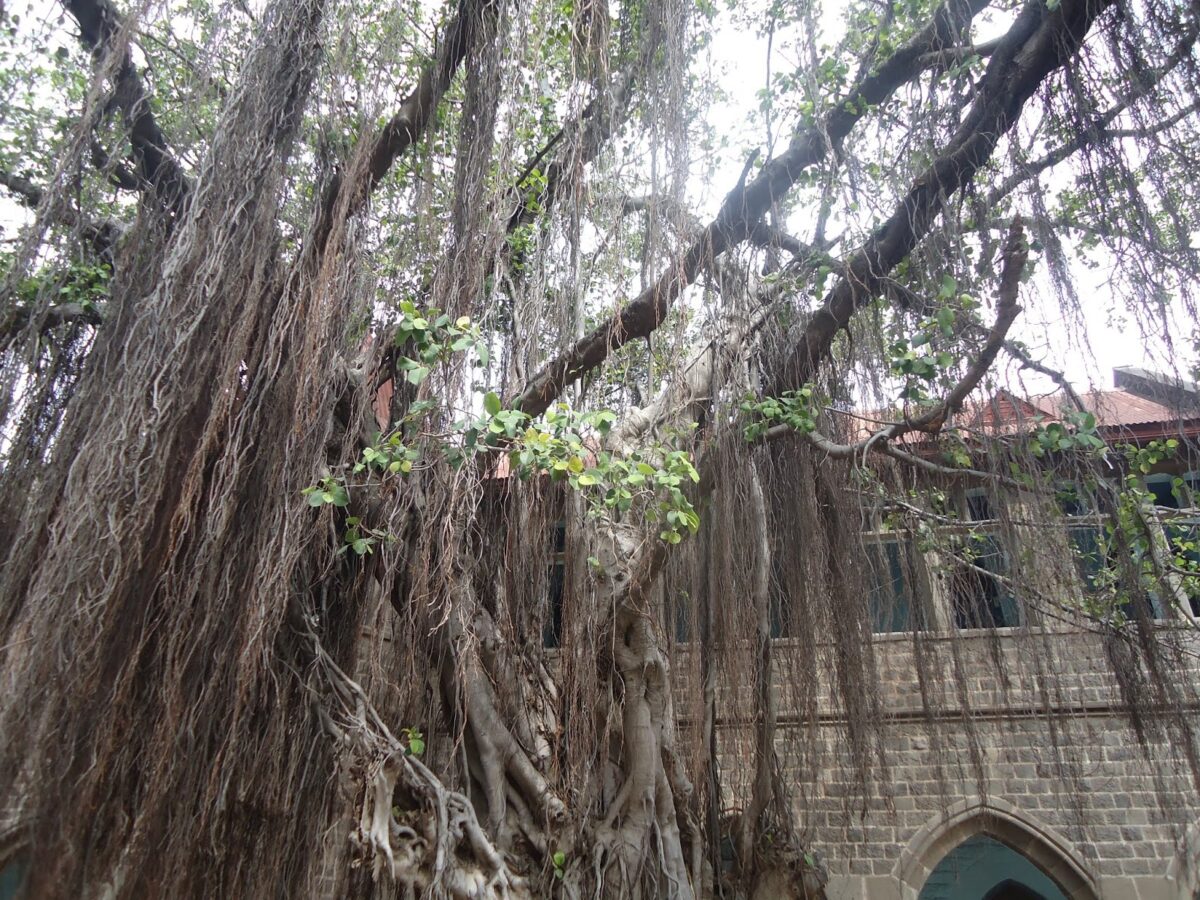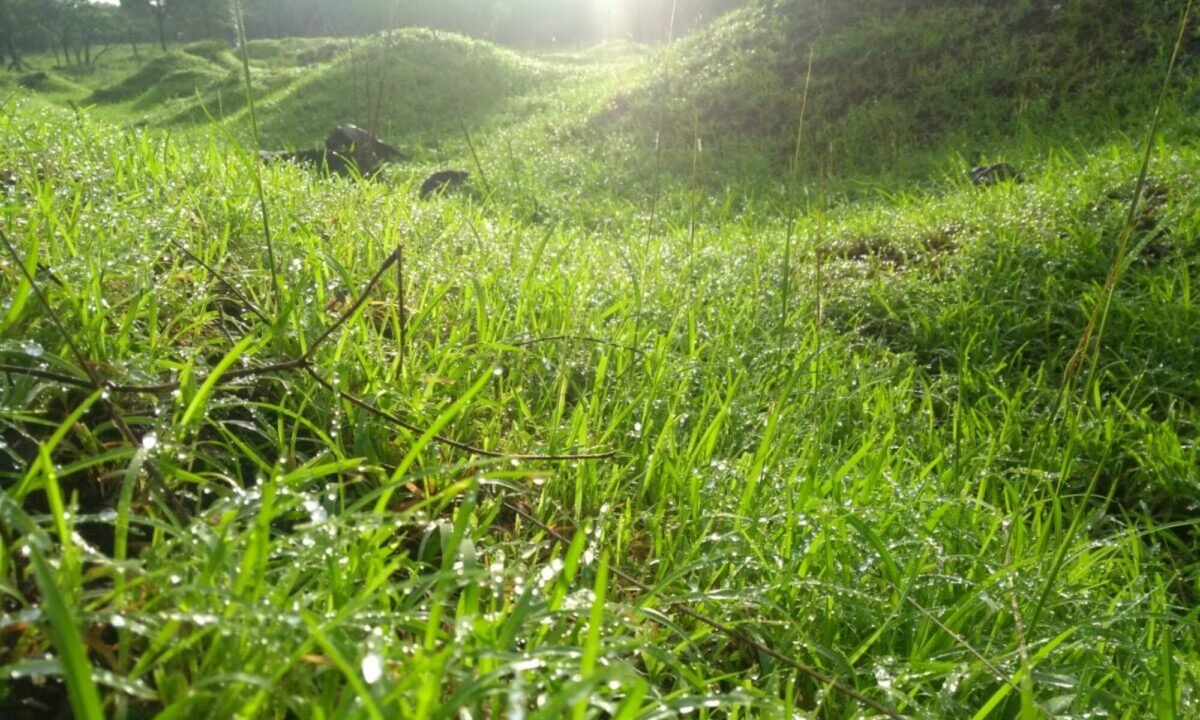
Ficus is a species indigenous to our country and I found 35 different species of ficus on the Flowers of India website.
Amazing indeed!
Today I have a Ficus microcarpa from the Deccan College in Pune. It is also called ‘Nandruk’ in Marathi. It grows to be a massive shady tree and boasts these delicate hair like aerial roots. These are very unlike thick aerial roots that develop on Ficus benghalensis . Its leaves and these thin aerial roots can easily help shortlist ID of this Ficus. Ficus microcarpa is a good choice to make into a Bonsai as well.
Along with Peepal and Ficus benghalensis, this Ficus species is seen frequently in Pune. Have you noticed it in your city? How many Ficus varieties have you spotted? The different species can be individually identified based on their leaves, inflorescence (Figs), aerial roots etc. All Ficus belong to the Moraceae family. Typically they exude a milky latex from the stem/bark if its cut and this feature is an important clue for family level identification when on the field. (Milky latex also seen in some members of Euphorbiaceae and Anacardiace families.)
I am joining Parul in her ThursdayTreeLove bloghop. Do head over to see some lovely trees from around the world. Better still, join in!

this one does look like a hairy beard. We have some lovely old Banyan trees growing in our compound. There is a belief tht there is a hairy cobra amidst its roots which protects the property
I don't think I have seen this tree but the picture makes me think most places should have one such tree. Thanks for sharing, Archana and I hope to see you tomorrow 🙂
That's a nice click from Deccan college.
I too have once read about the variety of ficus and was amused to learn about it as till then I use to think its only one of its kind. Nature, ecology and diversity are amazing. Yes, I do have it in my city will surely try and check about its variety.
Thanks for sharing your thoughts @Pr@Gun!
Interesting! No wonder one of the species is our national tree!!
I am familiar with Peepal and Banyan, but will surely start noticing the other types henceforth 🙂
@Priya.. yes you must and do let me know all the varieties you spot!! 🙂